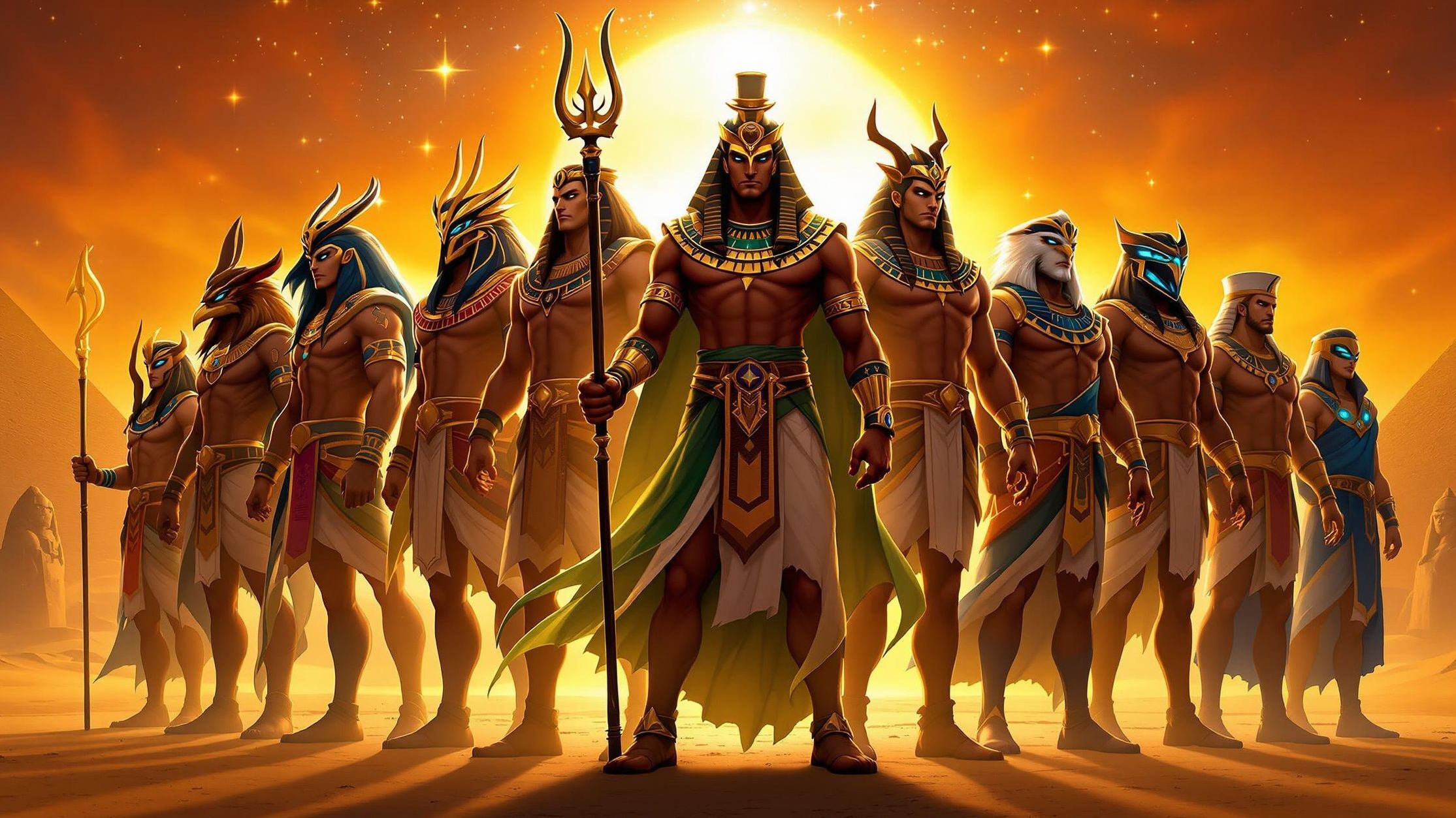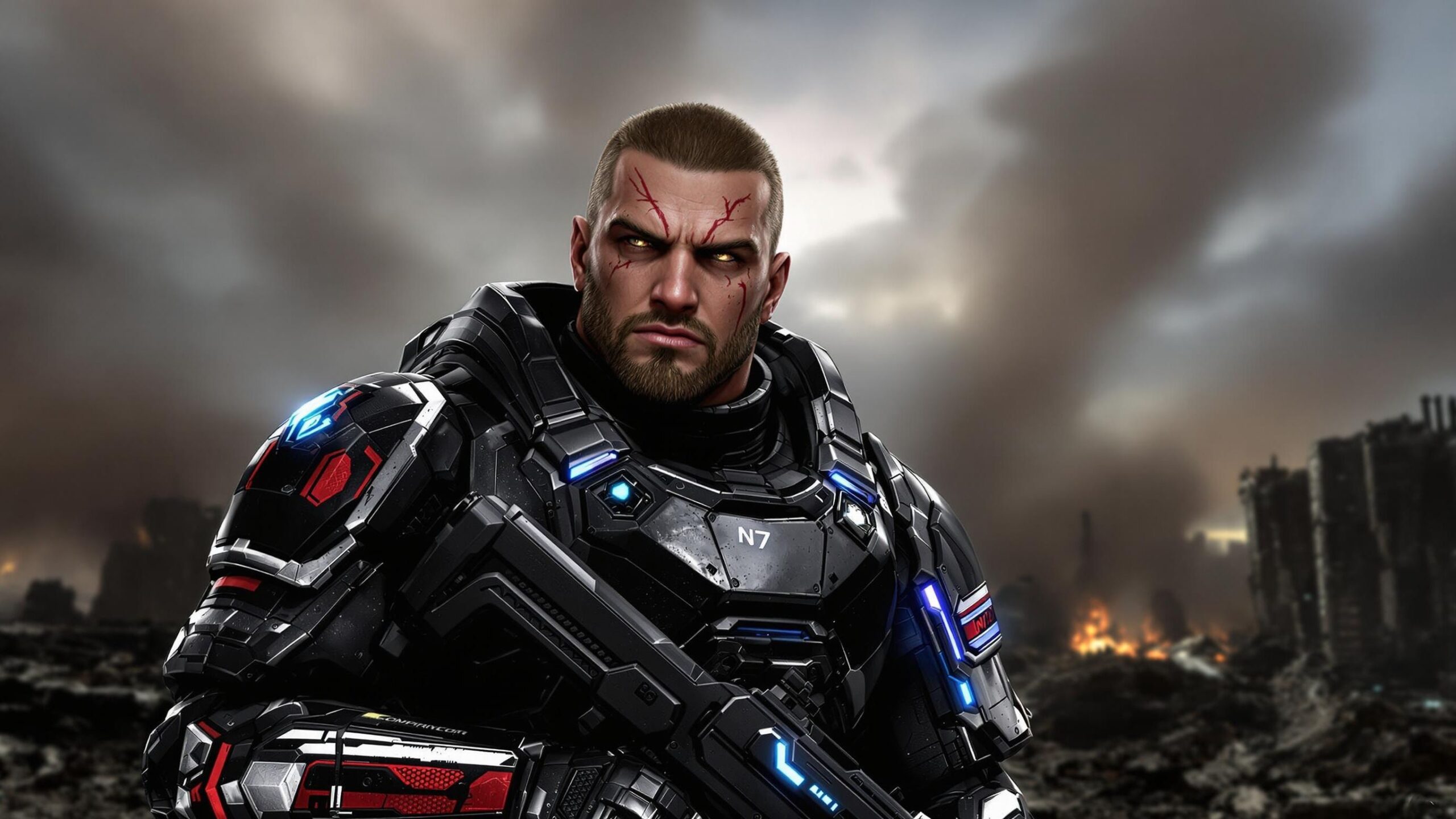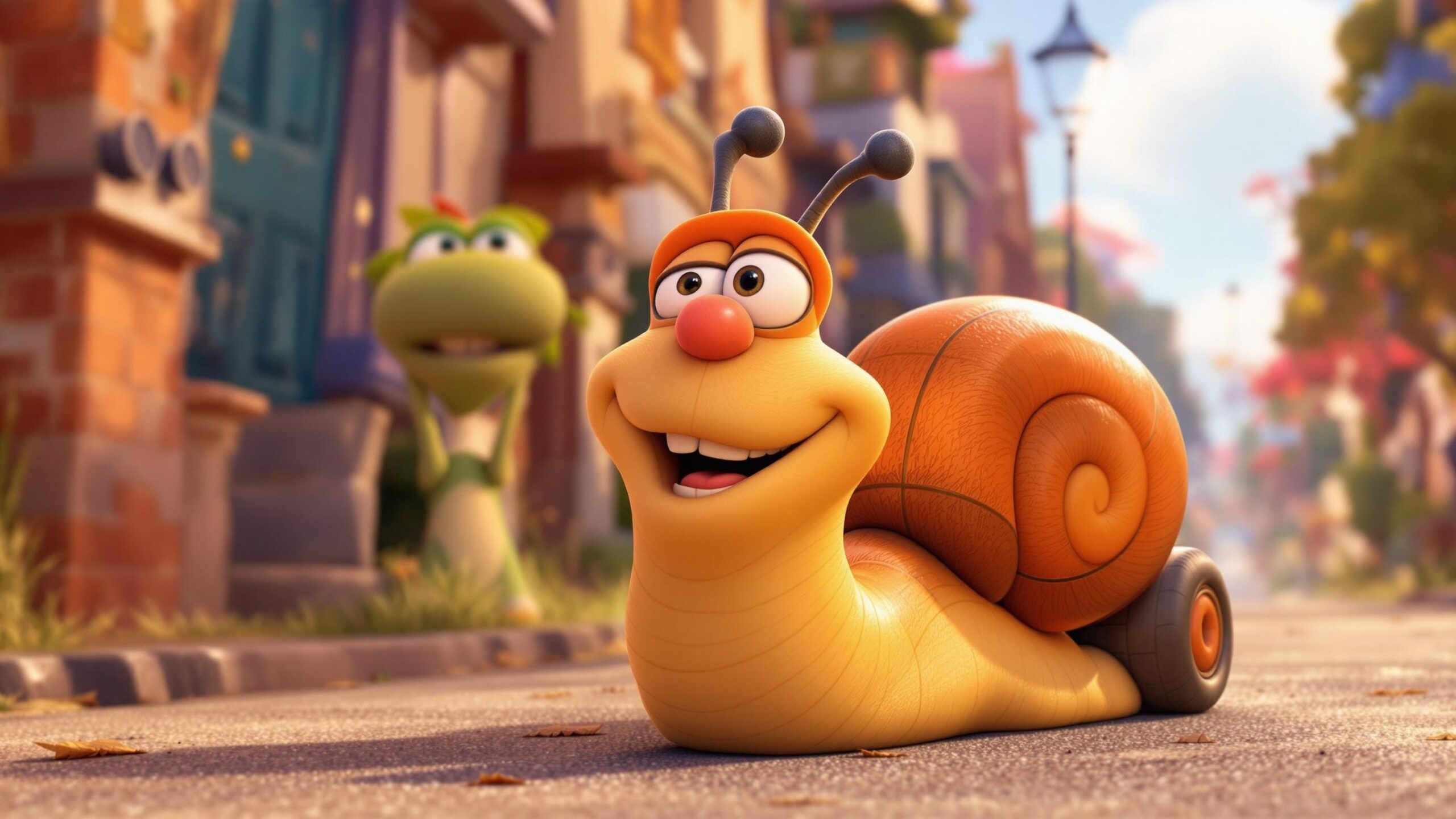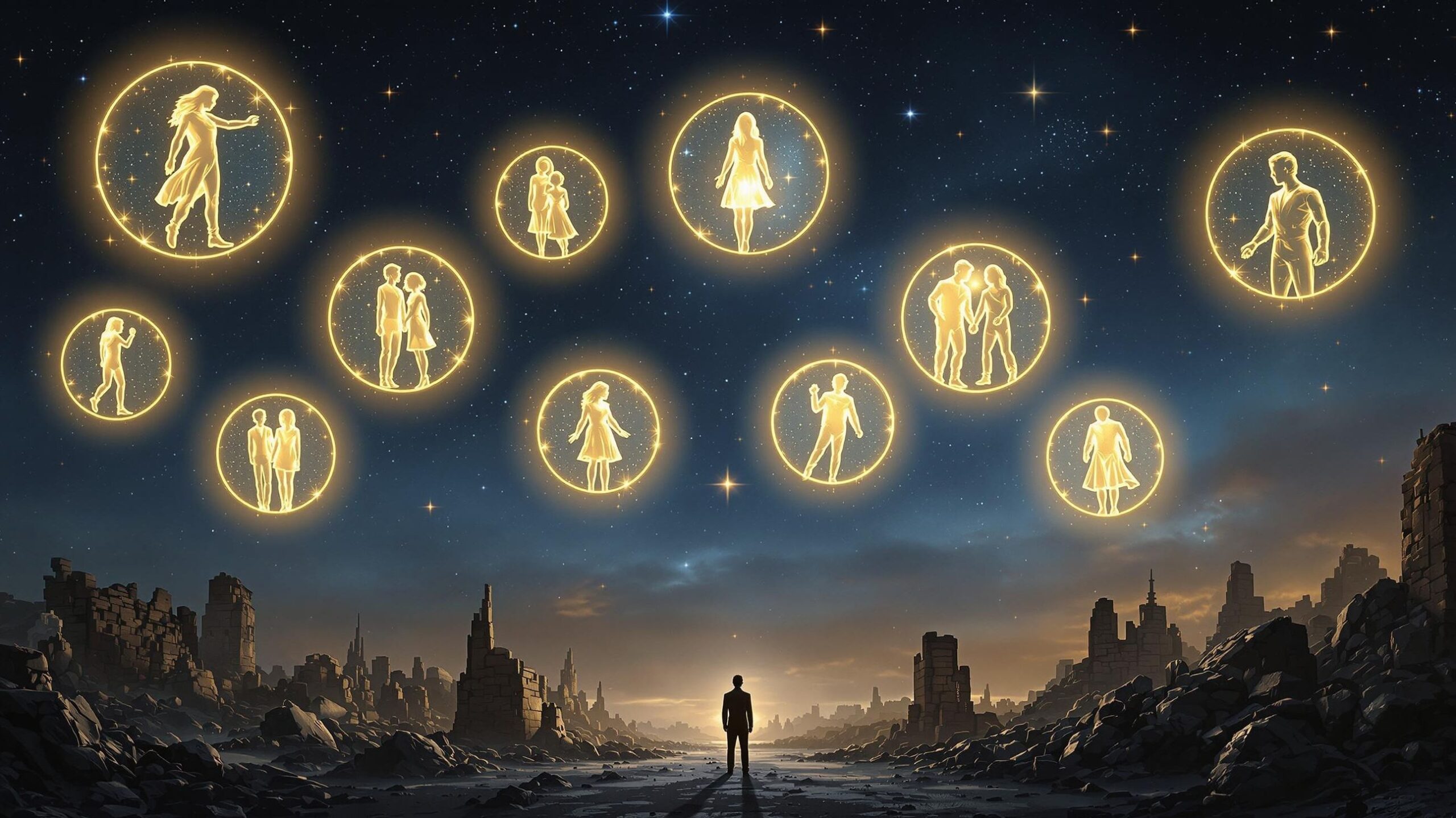The gods and goddesses of Egyptian mythology are more than just ancient deities—they are icons of power, mystery, and myth whose stories still influence modern culture today. With their striking symbolism, dramatic narratives, and roles that range from rulers of the underworld to protectors of the living, these characters shaped one of the most fascinating mythologies the world has ever known. Whether they governed life, death, love, or chaos, these gods left a legacy as vast and eternal as the Nile. Here are the top 10 most iconic Egyptian mythology characters of all time.
#10: Bastet
Bastet, the cat-headed goddess of home, fertility, and protection, was one of the most beloved deities in ancient Egypt. Originally portrayed as a fierce lioness, Bastet evolved over time into a gentler, cat-like figure who defended households against evil spirits and disease. She represented the nurturing side of femininity but could also unleash ferocious wrath when needed—especially in defense of her devotees. Bastet’s duality made her complex: she was at once maternal and dangerous. Her popularity led to vast festivals in her honor, particularly in the city of Bubastis, where thousands would gather to celebrate with music, dance, and offerings. Cats were sacred to her and harming one could be a capital offense in ancient Egypt. Even today, Bastet’s image as the divine cat remains a symbol of grace, independence, and mysticism.

#9: Thoth
Thoth, the ibis-headed god of wisdom, writing, and knowledge, was the ancient scribe of the gods. He played a pivotal role in maintaining cosmic balance and is credited with inventing hieroglyphs and recordkeeping. Often associated with the moon and time, Thoth was both a divine librarian and a powerful magician. In the Book of the Dead, Thoth presides over the weighing of the heart ceremony, writing down the verdict of each soul. He was a mediator, a judge, and a symbol of intellectual power. Priests, astronomers, and scholars revered him as the patron of their crafts. His consort, Ma’at, personified truth and order, and together they represented the harmony at the core of Egyptian belief. Thoth’s influence reaches far beyond Egypt, inspiring figures in later Greek and Roman traditions as well.

#8: Sekhmet
Sekhmet, the lion-headed goddess of war and healing, was known as both a destroyer and a savior. Born from the fiery eye of Ra to punish humanity for its disobedience, Sekhmet unleashed terrible plagues and bloodshed. Her rage was so fierce that Ra had to trick her into drinking dyed beer to pacify her—thus sparing the world. Despite her destructive nature, she was also a goddess of medicine and was invoked for protection against disease. This paradox—of devastation and healing—made her a complex figure. Warriors worshipped her for strength in battle, while physicians prayed to her for cures. Her statues, often carved in solid granite, exude power and command. Sekhmet remains a potent reminder that fury and compassion can coexist in divine form.
#7: Anubis
Anubis, the jackal-headed god of embalming and the dead, is one of the most recognizable figures in Egyptian mythology. With his sleek black head and piercing gaze, Anubis watched over tombs and guided souls through the underworld. He was believed to have invented mummification and was a protector of the necropolis. In the Book of the Dead, Anubis weighs the heart of the deceased against the feather of Ma’at, determining the soul’s fate. He wasn’t a god of death in the modern grim sense, but a guide and guardian. His association with jackals—scavengers often seen around cemeteries—gave him a natural connection to death rituals. Anubis embodies reverence for the dead and the sacred rites of passing into the next life.
#6: Isis
Isis, the goddess of magic, motherhood, and healing, was arguably the most worshipped deity in the Egyptian pantheon. As the devoted wife of Osiris and mother of Horus, Isis represented ideal femininity and enduring love. Her myth is central to Egyptian religion: she searched tirelessly for the dismembered pieces of Osiris after his murder, resurrected him through powerful magic, and protected Horus as he grew. Her story was one of resilience, compassion, and strength. Temples dedicated to Isis were found across Egypt and eventually spread throughout the Roman Empire. In later Greco-Roman culture, she evolved into a goddess of universal appeal. Her widespread worship and protective power made her a spiritual mother to many, symbolizing divine femininity and fierce loyalty.
#5: Set (Seth)
Set, the god of chaos, deserts, storms, and violence, is one of the most complex figures in Egyptian mythology. Often viewed as a villain, Set murdered his brother Osiris and was cast as the adversary in many myths. Yet Set was also a necessary force—representing disruption and transformation. His battles with Horus for the throne of Egypt are central to the mythological canon, showcasing the eternal struggle between order and chaos. Despite his violent nature, Set wasn’t universally reviled. In certain regions and periods, he was worshipped as a powerful protector against foreign threats. His animal form, a mysterious composite beast with a curved snout and forked tail, remains a mystery to scholars. Set’s role as both destroyer and necessary balance to Ma’at reflects the dualities at the heart of ancient Egyptian thought.
#4: Horus
Horus, the falcon-headed sky god and son of Isis and Osiris, is the archetypal divine ruler. After avenging his father’s murder by battling Set, Horus became the symbol of kingship and rightful order. Pharaohs were considered incarnations of Horus on Earth, and his “Eye of Horus” symbol was used for protection, health, and royal power. His myth—of loss, struggle, and eventual victory—resonated deeply with Egyptian ideals of justice and renewal. Horus was not just a god of war, but of healing and wisdom, particularly in his role as a unifying force. His battles with Set are some of the most dramatic in Egyptian lore, full of trickery, courage, and divine judgment. Horus stands as the embodiment of triumph through perseverance, and his eye remains one of the most iconic symbols in human history.
#3: Ma’at
Ma’at is not only a goddess but a cosmic principle. She represents truth, justice, balance, and the natural order of the universe. Often depicted with an ostrich feather on her head, Ma’at was central to every aspect of Egyptian life—from law and governance to the judgment of souls. In the afterlife, hearts were weighed against her feather; only those in harmony with Ma’at could proceed to paradise. She wasn’t worshipped in the same way as other deities but was honored through righteous living and ethical behavior. Pharaohs ruled by her mandate, and scribes and judges invoked her name constantly. In a world where chaos (Isfet) constantly threatened order, Ma’at was the invisible glue holding civilization together. Her legacy endures as a timeless ideal of universal balance.
#2: Osiris
Osiris, the green-skinned god of the afterlife and resurrection, is one of the most beloved figures in Egyptian mythology. Betrayed and dismembered by his brother Set, Osiris was reassembled and resurrected by his wife Isis. He then became lord of the underworld, presiding over judgment and rebirth. Osiris’s story shaped the Egyptian understanding of death—not as an end, but as a transition to eternal life. His image, often wrapped like a mummy and holding a crook and flail, became a model for funerary practices across Egypt. The promise of rebirth and divine justice offered by Osiris gave hope to all Egyptians, from pharaohs to farmers. His myth is the backbone of the Egyptian afterlife and a poignant narrative of loss, love, and eternal renewal.
#1: Ra (Re)
Ra, the sun god and creator of all life, is the cornerstone of Egyptian mythology. Traveling across the sky by day and through the underworld by night, Ra was both a life-giver and a warrior who fought chaos nightly to rise again each morning. He was often depicted with a falcon head crowned by a sun disk, or as a beetle symbolizing the rising sun. Ra merged with other gods, like Amun (becoming Amun-Ra), showing his supreme importance. The Book of the Dead and many temple texts praise his daily journey as a cosmic triumph. His power was so vast that even other gods deferred to him. Worship of Ra spanned centuries, with towering temples like Heliopolis built in his honor. Ra represents the rhythm of life, the battle against darkness, and the unending light of creation—making him the most powerful and revered deity in all of Egyptian mythology.




